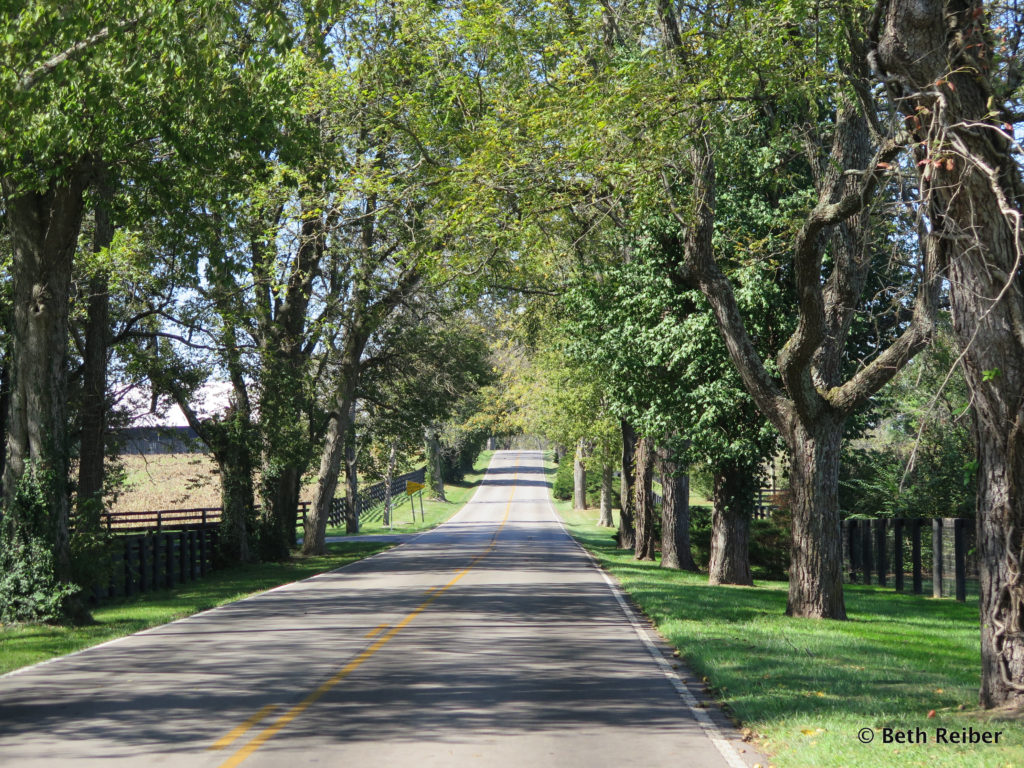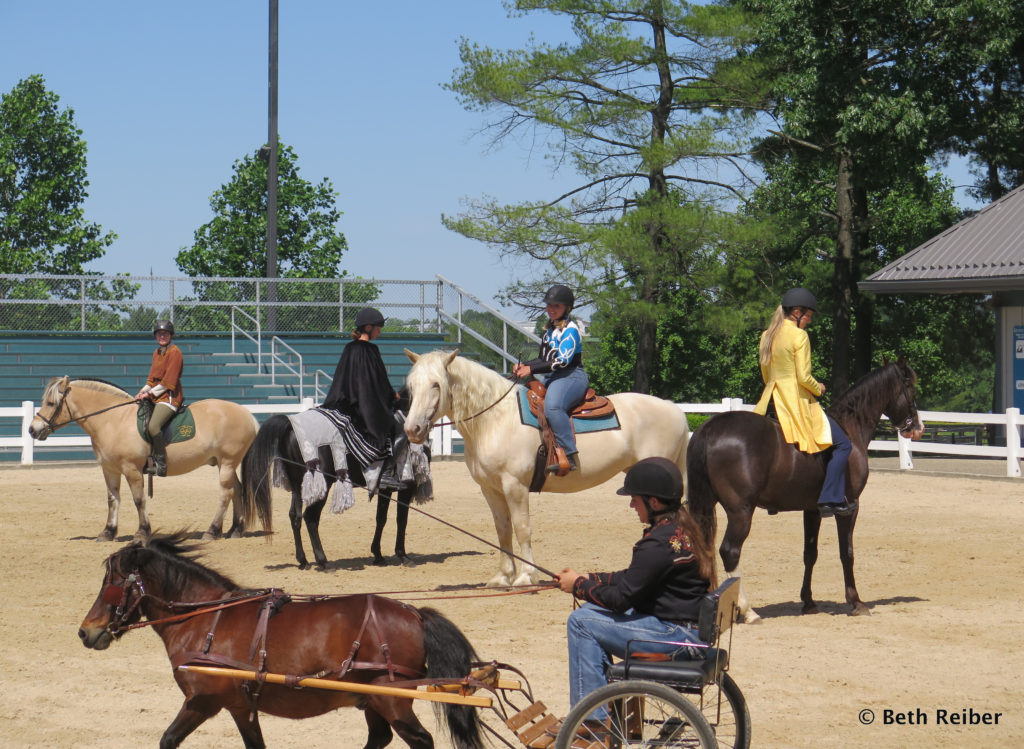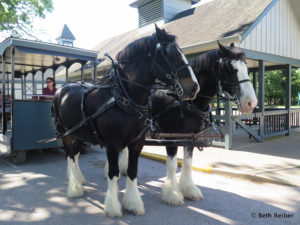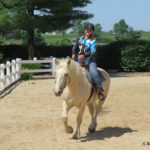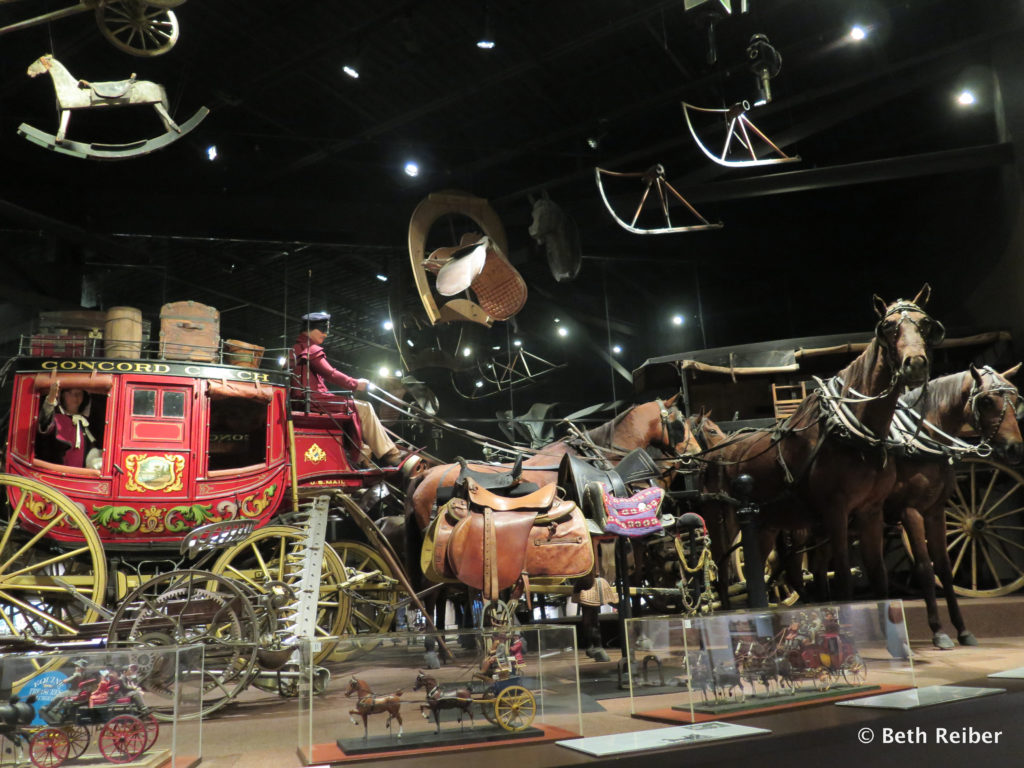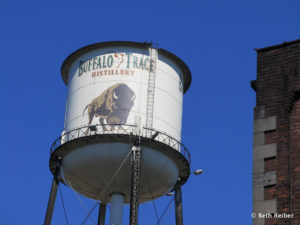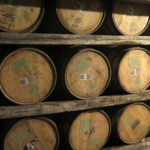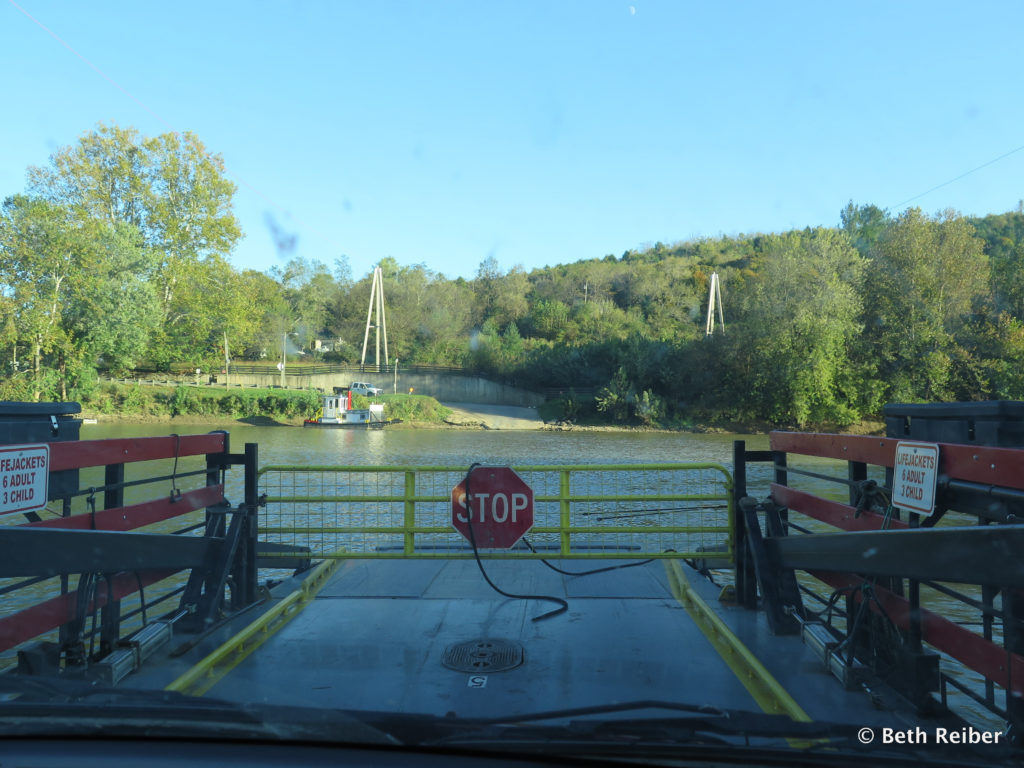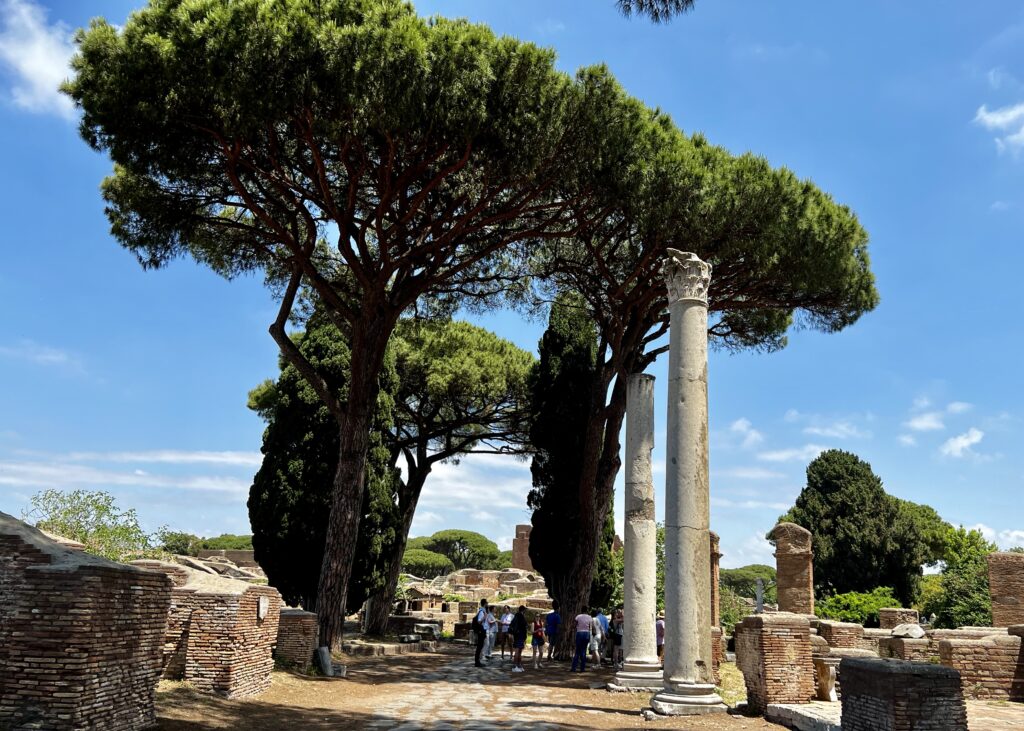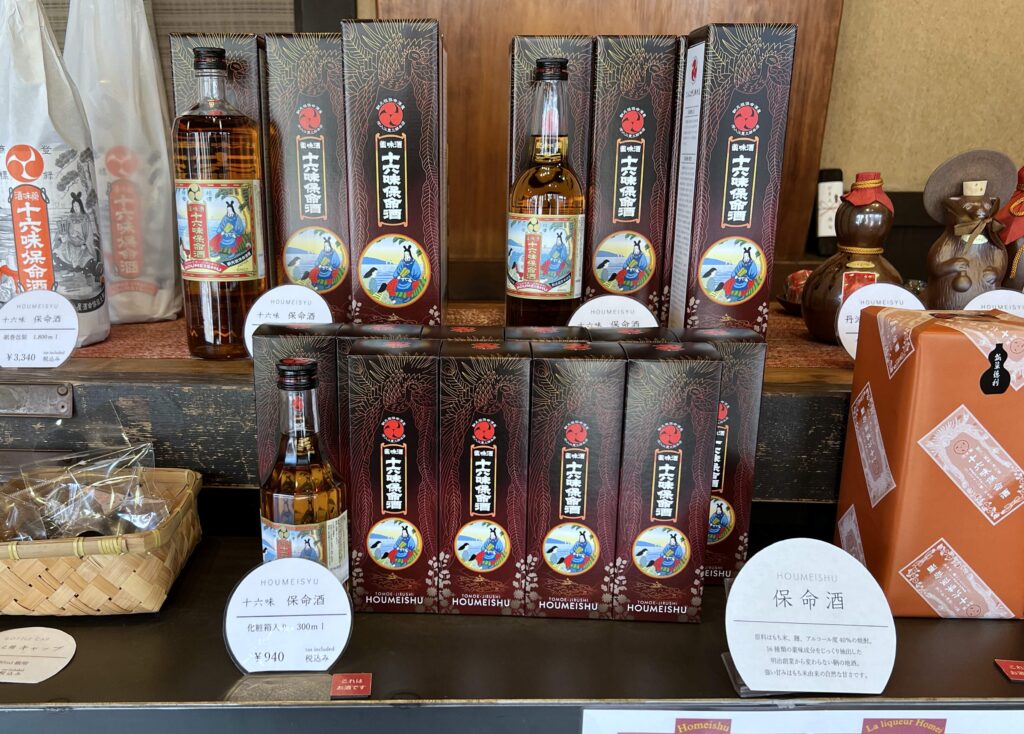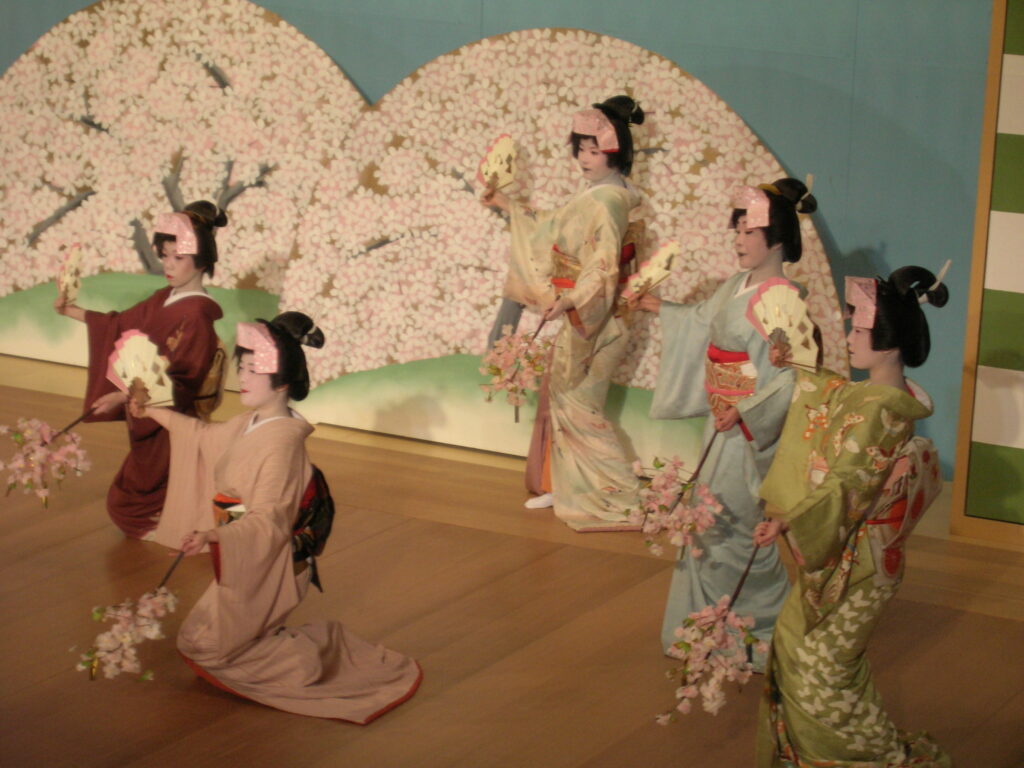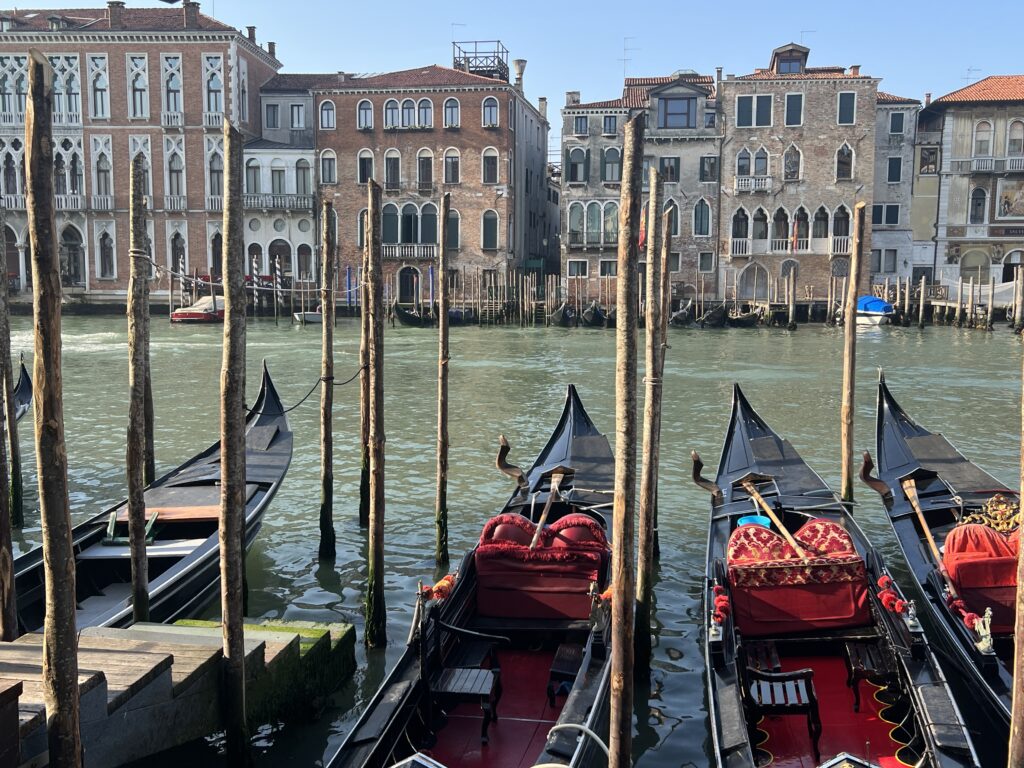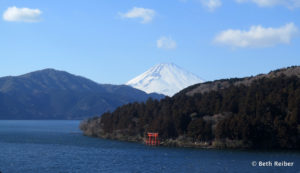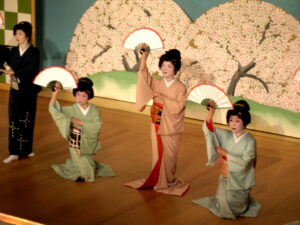I didn’t know much about Kentucky other than a vague school-days’ recollection that it was Daniel Boone country. But then my son graduated from college and took his first job at Eastern Kentucky University, south of Lexington. I’ve visited him several times and am struck by the state’s natural beauty. But what mostly caught my attention is that it’s all about Kentucky’s horses and bourbon in the Bluegrass state.
The Horses
The first thing you notice are the horse farms that surround Lexington, with their big barns, bucolic rolling hills, lines of fences and trees and horses that look like they might have the most privileged life in the world. Turns out, the water that percolates through underground limestone adds mineral content to Kentucky’s fabled bluegrass pastures, which in turn helps produce horses strong in bone and durability. There are more than 400 horse farms in the Bluegrass region, so it’s little wonder that many of the world’s most famous racing horses come from here, too, including Man o’ War. Lexington is proud to call itself the Horse Capital of the World. So while Louisville, about 80 miles away, is home to the Kentucky Derby, Lexington lays claim as the best place to breed, raise and train race horses. Many champions also spend their retirement years here.
Visitors can experience Kentucky’s horse traditions at many places in and around Lexington, including Keeneland Race Course and the Thoroughbred Center. But one of the comprehensive destinations concerning all things horse is the 1,200-acre Kentucky Horse Park, boasting 21 barns that can house more than 2,000 horses. Because it’s a working farm dedicated to all breeds of horses, it’s one of the best places on earth to see and learn about the world’s various breeds, each with its own history and characteristics. Both the Parade of Breeds Show and the Breeds Barn showcase magnificent horses, including the Tennessee Walking Horse, Black Arabian, Appaloosa, Lipizzaner, American Saddlebred, Norwegian Fjord and American Quarter Horse. I learned all kinds of astounding facts, including that the American Miniature Horse, a crossbreed of Dartmoor and Shetland ponies, was imported from Europe to work in Appalachia’s coal mines and that the rare Marwari, of which only 1,000 remain, is an ancient breed from India bred specifically for battle.
You can also visit the Horse Park’s Hall of Champions with its retired champion race horses, board a trolley pulled by draft horses for a tour of the expansive grounds, and visit the Big Barn, home to mighty draft horses. I now have a newfound admiration for draft horses, which played a huge role in the development of our country, from the laying of our railroads to the powering of stagecoaches and streetcars to the plowing of our fields. In 1900, there were 27,000 draft horses in the United States, including the Percheron, Clydesdale and Belgian. I’ve got two hitching posts in front of my 1890 Folk Victorian house; I can just picture draft horses tied up there.
There are also museums, including the American Saddlebred Museum, the Wheeler Museum with its collection of equestrian memorabilia focusing mostly on show jumping horses, and, most importantly, the International Museum of the Horse. A Smithsonian Affiliate, it is the largest museum in the world dedicated to the history of horses and their impact on human development. Exhibits present the history of the horse, from its evolution and uses in ancient times to horses used in modern sports. I learned that although horses originated in North America, none survived prehistoric times except those that traveled to Asia via overland bridges. The Spanish reintroduced the horse to the Americas, where Native Americans were at first forbidden to ride them and so usually ate them if they could. Eventually, of course, many tribes became adept at riding and training Paint Horses, Appaloosas and other breeds. The American Quarter Horse is our country’s most recognizable breed, used by pioneers as they traveled west and later used also for sport racing. But it was the Thoroughbred that made horse racing what it is today. Horse racing began in Kentucky in the 1700s, and after the Civil War, Kentucky emerged as a breeding center for Thoroughbreds. The first Kentucky Derby was held in 1875.
The Bourbon
Turns out, limestone-infused water is great for both Kentucky’s horses and bourbon. In fact, bourbon was born in Kentucky, when farmers discovered that converting corn and other grains into whiskey made transportation much easier, not to mention more fun. Today, more than 95% of the world’s bourbon is produced here. The Kentucky Bourbon Trail is a group of 16 distilleries operating from Louisville to Lexington and beyond and offering tours and tastings. Pick up a free Kentucky Bourbon Trail Passport at any of the participating distilleries, which include Town Branch, Maker’s Mark, Wild Turkey and Evan Williams, and if you visit all of them you’ll be rewarded with a free souvenir. My son, a new convert, is working his way slowly (I hope) along the Kentucky Bourbon Trail.
Although it’s not part of the Bourbon Trail, one of my favorites is the Buffalo Trace Distillery for its attractive historic grounds and instructive tours. Although its name has changed over the centuries, it can trace its beginnings to the late 1700s and is the oldest continuously operating distillery in the United States. Its 700-plus acres of grounds, including more than 300 acres for growing corn, boasts more than 120 buildings, including a one-story stone house built in 1792 and warehouses from the 1880s. It operated even during Prohibition, as one of only a few distilleries permitted to produce “medicinal” whiskey. The most popular tour is a free one-tour tour that culminates in free tastings of its products. But there are also four other one-hour complimentary tours including samplings (reservations required) that focus on the distillery’s history, everything you always wanted to know about oak barrels or an in-depth look at its facilities. There’s even a ghost tour.
But the highlight of my afternoon with my son was our return to his home in Richmond, when we saw on our map the designation of a ferry. Remembering many such ferry crossings as a kid on family trips, I suggested we head that way, not sure it was even still functioning. But the Valley View Ferry, in operation since 1780, was seemingly waiting just for us. It was easy to picture its olden days, when passengers with horses were probably its biggest customers. Even Daniel Boone is said to have used this ferry. A renowned frontiersman and trapper turned politician and businessman, Boone was also a horse trader and once owned a Kentucky tavern. It should come as no surprise that he introduced a bill for “improving the breed of horses.” It’s my guess he swilled a lot of bourbon as well.
For more information about bourbon, including how it’s made and how it’s best enjoyed, see everything I know about bourbon in this article for 10Best.com, https://www.10best.com/interests/drinks/everything-you-want-to-know-about-kentucky-bourbon/. For more on the Kentucky Bourbon Trail, see Love Bourbon? You’ll Love the Kentucky Bourbon Trail, below:
